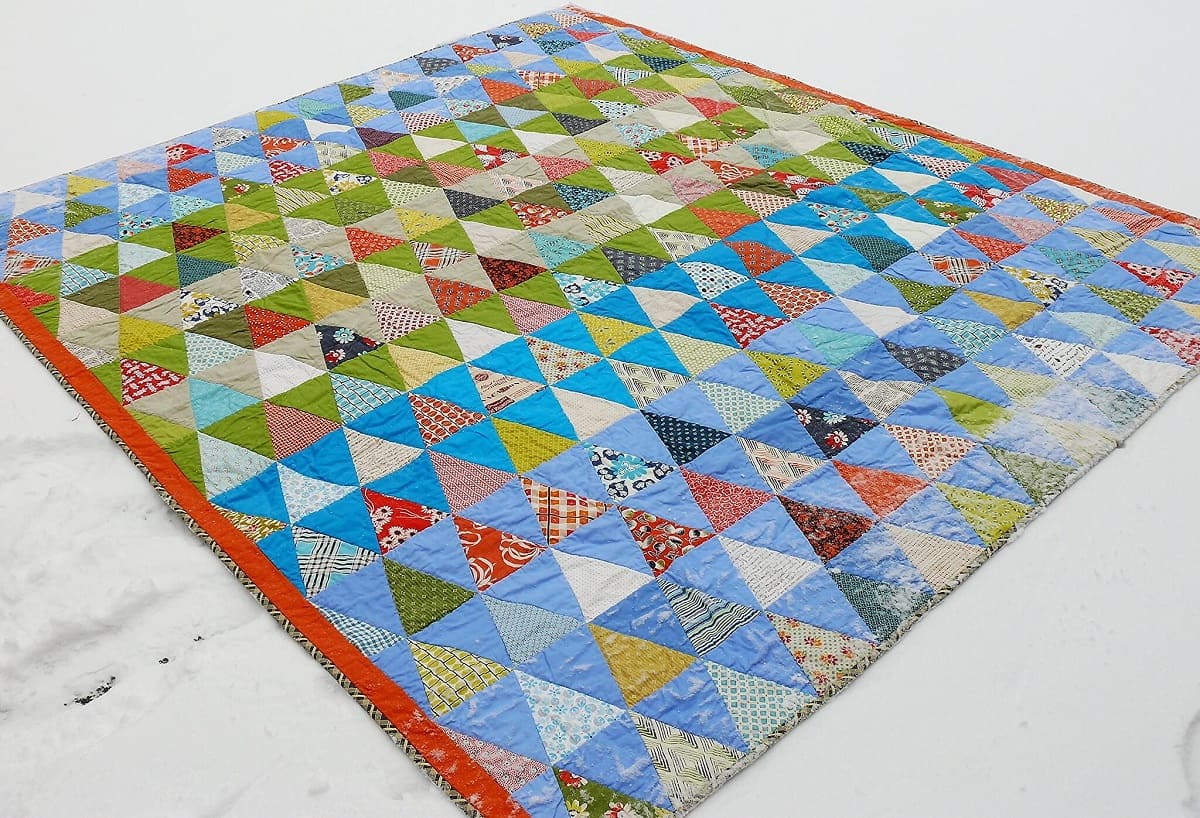

Articles
How To Change The Size Of A Quilt Pattern
Modified: February 24, 2024
Discover helpful articles on how to change the size of a quilt pattern and create your own unique design. Enhance your quilting skills with step-by-step instructions and expert tips.
(Many of the links in this article redirect to a specific reviewed product. Your purchase of these products through affiliate links helps to generate commission for Storables.com, at no extra cost. Learn more)
Introduction
Welcome to our comprehensive guide on how to change the size of a quilt pattern. Quilting is a beloved craft that allows individuals to create beautiful and functional pieces using fabric and stitching techniques. When working with quilt patterns, it’s not uncommon to come across a design that may not be the ideal size for your project.
In this article, we will explore various methods to modify quilt pattern sizes, whether you need to enlarge or reduce the dimensions. We will also discuss adjusting block sizes, modifying borders and bindings, and considering fabric requirements.
Changing the size of a quilt pattern requires careful planning and precision. By following our step-by-step instructions and tips, you’ll be able to make the necessary adjustments while still maintaining the integrity of the design. So let’s dive in and learn how to transform your quilt patterns into the perfect size for your next quilting project!
Key Takeaways:
- Master the art of resizing quilt patterns by understanding the purpose, adjusting block sizes, modifying borders, and considering fabric requirements. With precision and creativity, you can create a perfectly-sized quilt for any project.
- Whether enlarging or reducing a quilt pattern, maintain proportionality and visual appeal by carefully adjusting block sizes, borders, and bindings. Embrace experimentation and prototyping to achieve the desired result.
Read more: How To Quilt Diamond Pattern
Understanding Quilt Pattern Sizes
Before we delve into the process of changing the size of a quilt pattern, it is essential to have a clear understanding of quilt pattern sizes and terminology. Quilt patterns are typically designed with specific dimensions in mind, and these dimensions can vary depending on the pattern’s intended use and design style.
Quilt patterns are often categorized into standard sizes, including crib, twin, full, queen, and king. These sizes correspond to the dimensions of the bed or space that the quilt will cover once completed. For example, a crib quilt is designed to fit a standard crib mattress, while a queen-size quilt is intended for a queen-size bed.
In addition to the standard sizes, quilt patterns can also be found in various other sizes, such as lap quilts, wall hangings, or table runners. These sizes are typically more flexible and can be adjusted to suit your preferences and project requirements.
When selecting a quilt pattern, it is crucial to consider the intended use of the quilt and the dimensions you desire. Keep in mind whether you want a quilt that fully covers a bed, or one that simply drapes over the top for decorative purposes.
Furthermore, it’s important to take note of the block sizes mentioned in the quilt pattern. The size of the blocks will determine the overall size of the quilt. Larger blocks will result in a larger quilt, while smaller blocks will create a smaller quilt. Understanding these measurements will help you make informed decisions when adjusting the quilt pattern size.
Now that we have a basic understanding of quilt pattern sizes, let’s move on to the next step: choosing the desired size.
Choosing the Desired Size
When it comes to choosing the desired size for your quilt pattern, there are several factors to consider. Whether you’re looking to enlarge or reduce the pattern, it’s essential to establish the dimensions that best fit your project and personal preferences.
Start by determining the purpose of the quilt. Is it meant to be used as a bed covering, a decorative throw, or a wall hanging? The intended use will help guide you in selecting the appropriate size.
Consider the size of the bed or space where the quilt will be used. If you are creating a quilt for a specific bed, measure the mattress to determine the dimensions you desire. Keep in mind that you may want the quilt to hang over the sides of the bed or have specific drop lengths.
Additionally, take into account the design elements of the pattern. If the quilt pattern features intricate details or motifs, making significant size adjustments may impact the overall visual appeal of the design. In such cases, it’s important to assess how the pattern will be affected and whether resizing is still feasible without compromising the integrity of the design.
Remember, quilt patterns can be adjusted to suit your preferences. However, it’s always a good idea to start with a pattern that closely aligns with your desired size. This makes the resizing process more manageable, as you won’t have to make drastic modifications.
By considering the purpose, space, and design elements, you can confidently select the desired size for your quilt pattern. In the following sections, we’ll explore how to effectively enlarge or reduce a quilt pattern to achieve the desired dimensions.
Enlarging a Quilt Pattern
If you have a quilt pattern that you want to enlarge, there are several methods you can use to achieve the desired size. Here are some steps to follow:
- Calculate the enlargement percentage: Start by determining how much you want to increase the size of the quilt pattern. Measure the dimensions of the original pattern and the desired dimensions. Calculate the percentage increase by dividing the desired size by the original size. For example, if the original pattern is 40 inches square and you want to enlarge it to 60 inches square, the enlargement percentage would be 1.5 (60/40).
- Adjust block sizes: One way to enlarge a quilt pattern is to increase the size of the blocks. Determine the block size in the original pattern and multiply it by the enlargement percentage. For instance, if the original pattern uses 6-inch blocks, multiplying it by 1.5 would give you 9-inch blocks in the enlarged pattern.
- Add more blocks: Another option is to add more blocks to the quilt layout. Calculate the number of blocks needed by dividing the desired total size by the enlarged block size. For example, if the desired size is 60 inches square with 9-inch blocks, you would need 6 blocks per row (60/9).
- Adjust sashing and borders: Adjust the size of the sashing and borders accordingly to accommodate the larger blocks and overall quilt size. You may need to increase the width of the sashing and border strips or add additional strips to maintain proportionality.
- Consider fabric requirements: Enlarging a quilt pattern may require more fabric than specified in the original pattern. Calculate the additional fabric needed by multiplying the original fabric requirements by the enlargement percentage. Make sure to account for any extra fabric needed for borders and sashing.
By following these steps and making the necessary adjustments, you can successfully enlarge a quilt pattern to achieve your desired size. Remember to take accurate measurements and maintain proportionality throughout the resizing process for a balanced and visually appealing result.
Next, let’s explore how to reduce a quilt pattern if you are looking for a smaller size.
Reducing a Quilt Pattern
If you have a quilt pattern that you want to reduce in size, there are specific steps you can follow to achieve the desired dimensions. Here’s how you can effectively reduce a quilt pattern:
- Calculate the reduction percentage: Start by determining how much you want to decrease the size of the quilt pattern. Measure the dimensions of the original pattern and the desired dimensions. Calculate the percentage reduction by dividing the desired size by the original size. For example, if the original pattern is 60 inches square and you want to reduce it to 40 inches square, the reduction percentage would be 0.67 (40/60).
- Adjust block sizes: To reduce the quilt pattern, you’ll need to decrease the size of the blocks. Determine the block size in the original pattern and multiply it by the reduction percentage. For instance, if the original pattern uses 8-inch blocks, multiplying it by 0.67 would give you approximately 5.36-inch blocks in the reduced pattern. In this case, you have the option to round down to the nearest whole number or work with a fraction.
- Remove blocks: Another way to reduce the quilt pattern is to decrease the number of blocks used in the layout. Calculate the number of blocks needed by dividing the desired total size by the reduced block size. For example, if the desired size is 40 inches square with 5.36-inch blocks, you would need 7 blocks per row (40/5.36). If the desired number of blocks is not a whole number, you can adjust the layout by removing one or more rows or columns as necessary.
- Modify sashing and borders: Adjust the size of the sashing and borders to accommodate the smaller blocks and overall quilt size. You may need to decrease the width of the sashing and border strips or remove some strips to maintain proportionality.
- Consider fabric requirements: Reducing a quilt pattern may require less fabric than specified in the original pattern. Calculate the reduced fabric requirements by multiplying the original fabric requirements by the reduction percentage. Make sure to account for any extra fabric needed for borders and sashing.
By following these steps and making the necessary adjustments, you can successfully reduce a quilt pattern to achieve your desired size. Ensure that you take accurate measurements and maintain proportionality throughout the resizing process for a well-balanced and visually pleasing result.
Next, let’s explore how to adjust block sizes in a quilt pattern to modify its overall size.
When changing the size of a quilt pattern, be sure to adjust the measurements of each individual block proportionally to maintain the overall design. Keep in mind the impact on borders and sashing as well.
Read more: How To Quilt Applique Patterns?
Adjusting Block Sizes
When it comes to changing the size of a quilt pattern, adjusting the block sizes can have a significant impact on the overall dimensions. Whether you need to make the blocks larger or smaller, here are some steps to guide you:
- Evaluate the original block size: Begin by determining the size of the blocks specified in the original quilt pattern. Note the measurements and any specific piecing or cutting instructions.
- Calculate the desired block size: Decide on the desired block size for your modified quilt pattern. Consider the overall dimensions you want to achieve and the visual effect you desire.
- Enlarging blocks: To make the blocks larger, you can add extra fabric to each piece of the block. Increase the cutting measurements according to the desired block size, making sure to adjust all relevant pieces proportionally.
- Reducing blocks: When reducing the block size, carefully consider the potential impact on the pattern’s design. If the reduction is minimal, you can simply trim down each piece of the block. However, if a significant reduction is required, you may need to rework the block’s construction, eliminating or simplifying certain elements while maintaining the integrity of the design.
- Modify layout and quilt design: Adjusting the block sizes may result in changes to the overall quilt layout. Evaluate the impact on the quilt’s design and consider modifying the layout or adding additional elements to maintain visual balance.
- Test with a prototype: It’s always a good idea to create a prototype block using the adjusted size. This will allow you to evaluate the proportions and ensure that the modified block works well within the quilt design.
By carefully adjusting block sizes, you can modify the overall dimensions of a quilt pattern to meet your specific size requirements. Remember to consider the design elements, maintain proportionality, and test your modifications using a prototype block before embarking on the full project.
Next, let’s explore how to modify borders and bindings to further customize the size of your quilt.
Modifying Borders and Bindings
When adjusting the size of a quilt pattern, modifying the borders and bindings can provide additional flexibility in achieving the desired dimensions. Here’s what you can do to customize the borders and bindings:
- Evaluate the original border and binding measurements: Start by reviewing the border and binding measurements provided in the original quilt pattern. Take note of the width and any specific instructions for constructing the borders and bindings.
- Adjust the border width: To modify the overall size of the quilt, you can adjust the width of the borders. Increase or decrease the border width to suit your desired measurements. Keep in mind that wider borders can make the quilt appear larger, while narrower borders can create a more delicate look.
- Add or remove border strips: Another option is to add or remove border strips to adjust the quilt’s size. If you need to enlarge the quilt, consider adding extra border strips to each side. Conversely, if you’re reducing the quilt, remove some border strips to reduce the overall dimensions.
- Consider multiple borders: Using multiple borders in different widths can add visual interest and allow for further size adjustments. Experiment with different combinations of narrow and wide borders to achieve the desired size and aesthetic appeal.
- Modify binding width: The binding is the fabric strip used to finish the edges of the quilt. Adjusting the width of the binding can help customize the quilt’s size and provide a final touch to the overall design. Increase or decrease the binding width based on your preferences and the quilt’s dimensions.
- Ensure proportionality: As you modify the borders and bindings, consider maintaining proportionality with the rest of the quilt. The borders and bindings should complement the overall design and not overpower or detract from it.
- Test with a small sample: Before applying the modified borders and bindings to the full quilt, it’s a good idea to test the measurements and proportions with a small sample piece. This will help you visualize the final result and make any necessary adjustments.
By modifying the borders and bindings, you can further customize the size of the quilt to meet your specific requirements. Remember to maintain proportionality and consider the overall design when making these adjustments.
Finally, let’s discuss the importance of considering fabric requirements when changing the size of a quilt pattern.
Considering Fabric Requirements
When changing the size of a quilt pattern, it’s important to carefully consider the fabric requirements to ensure you have enough material to complete the project. Here are some key points to keep in mind:
- Evaluate the original fabric requirements: Begin by reviewing the fabric requirements outlined in the original quilt pattern. Take note of the yardage needed for different components of the quilt, including blocks, borders, sashing, and bindings.
- Calculate the adjusted fabric requirements: Determine how the changes in size will affect the fabric needed for the quilt. If you’re enlarging the pattern, you may need additional fabric to accommodate the larger dimensions. Conversely, if you’re reducing the pattern, you may require less fabric than specified in the original pattern.
- Adjust fabric yardage: Multiply the original fabric requirements by the percentage change in size to calculate the adjusted yardage. For example, if you’re enlarging the quilt pattern by 20%, multiply the original fabric requirements by 1.2. Similarly, if you’re reducing the pattern by 30%, multiply the original fabric requirements by 0.7.
- Consider extra fabric for adjustments: In addition to the adjusted fabric yardage, it’s a good idea to have extra fabric on hand for any adjustments, mistakes, or pattern matching. Add a margin of safety by purchasing a bit more fabric than calculated to ensure you have enough to complete the quilt.
- Pay attention to pattern repeats: If the fabric you’re using has a pattern or design with repeats, consider how the size changes may affect the placement and alignment of the pattern. Adjust the yardage accordingly to accommodate any necessary pattern repeat calculations and ensure a visually pleasing result.
- Match or coordinate fabrics: If you need to purchase additional fabric due to size changes, strive to match or coordinate the new fabric with the existing fabric. Consider the color palette, prints, and textures to ensure a cohesive look in the final quilt.
- Keep track of fabric calculations: As you adjust the size and calculate the fabric requirements, keep detailed records of the changes, yardage calculations, and any additional fabric purchased. This will help you stay organized throughout the quilting process.
By considering the fabric requirements and making necessary adjustments, you can ensure you have enough material to complete your resized quilt pattern. Track your calculations, account for pattern repeats, and have extra fabric on hand to avoid any fabric shortages or complications during the quilting process.
Now that we’ve explored various methods for changing the size of a quilt pattern, you are well-equipped to tackle your next quilting project with confidence and creativity. Remember to take accurate measurements, maintain proportionality, and stay true to your desired design aesthetic throughout the resizing process.
Happy quilting!
Conclusion
Modifying the size of a quilt pattern is a skill that allows you to create quilts tailored to your specific needs and preferences. By understanding quilt pattern sizes, choosing the desired size, and utilizing various techniques, such as enlarging or reducing block sizes, adjusting borders and bindings, and considering fabric requirements, you can confidently customize the dimensions of your quilt.
Throughout this comprehensive guide, we’ve provided step-by-step instructions and essential tips to help you navigate the process of resizing quilt patterns. Whether you’re creating a bed covering, a decorative throw, or a wall hanging, understanding the purpose of your quilt and the dimensions of the space it will occupy is crucial in selecting the appropriate size.
Enlarging a quilt pattern involves carefully adjusting block sizes, adding more blocks, and modifying the borders and bindings to ensure proportionality and visual appeal. On the other hand, reducing a quilt pattern requires precision in shrinking block sizes, removing blocks or rows, and maintaining the integrity of the design.
Moreover, adjusting block sizes, modifying borders and bindings, and considering fabric requirements are all essential aspects of achieving a quilt that not only fits your desired dimensions but also showcases your creativity and craftsmanship. Paying attention to these elements will ensure that the resized quilt pattern is a well-proportioned and visually pleasing work of art.
Remember to take accurate measurements, calculate the necessary adjustments, and consider the impact of the changes on the overall quilt design. Keep in mind that the process may require some experimentation and prototyping to achieve the desired result.
With the comprehensive knowledge and techniques provided in this guide, you are now equipped to confidently modify the size of quilt patterns and embark on your quilting journey with newfound creativity and precision.
So, pick up your fabric, sewing machine, and quilting tools, and enjoy the rewarding experience of creating a unique and perfectly-sized quilt that will bring warmth and beauty to your home or be cherished as a thoughtful gift for someone special.
Happy quilting!
Frequently Asked Questions about How To Change The Size Of A Quilt Pattern
Was this page helpful?
At Storables.com, we guarantee accurate and reliable information. Our content, validated by Expert Board Contributors, is crafted following stringent Editorial Policies. We're committed to providing you with well-researched, expert-backed insights for all your informational needs.
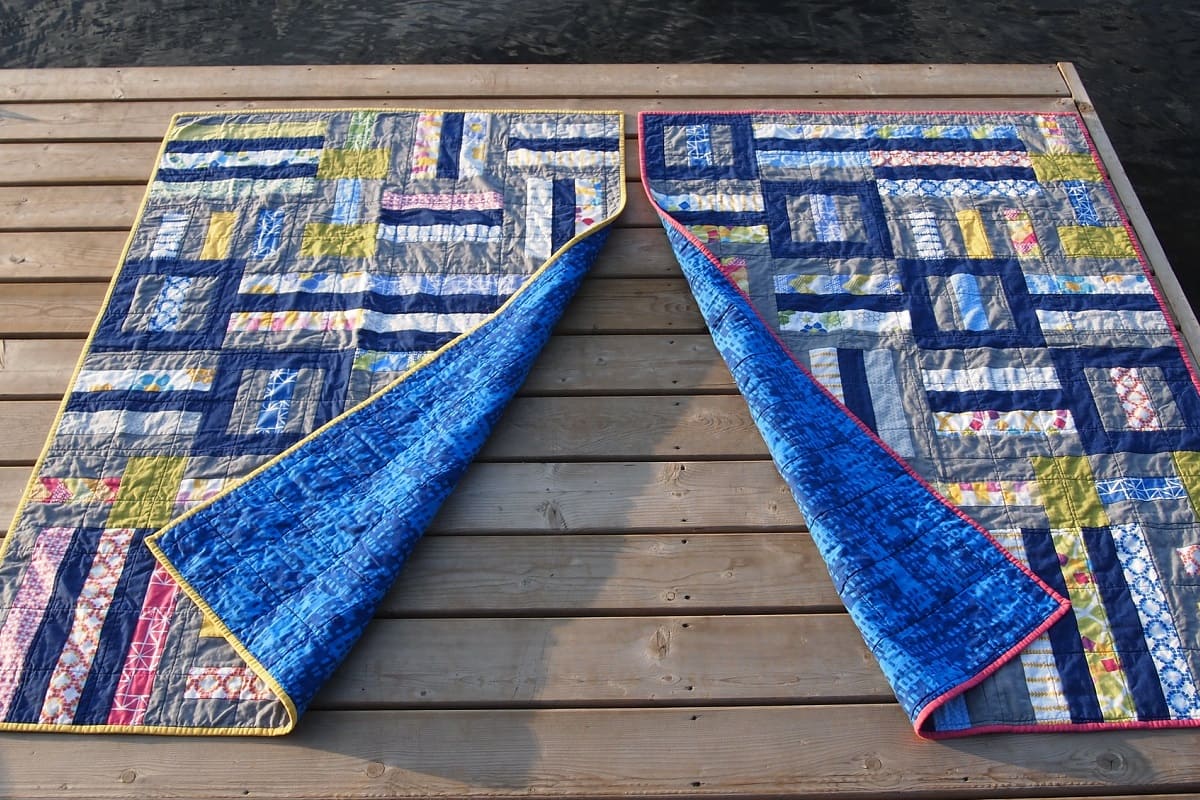
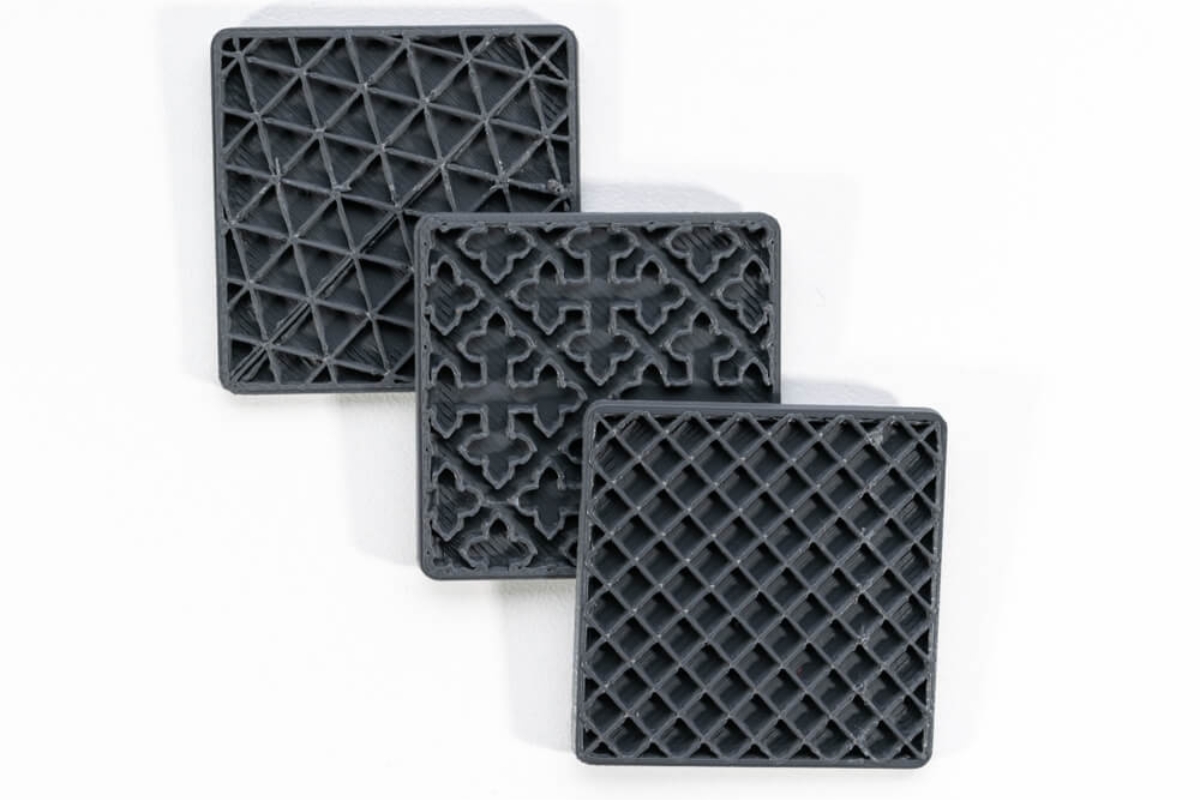
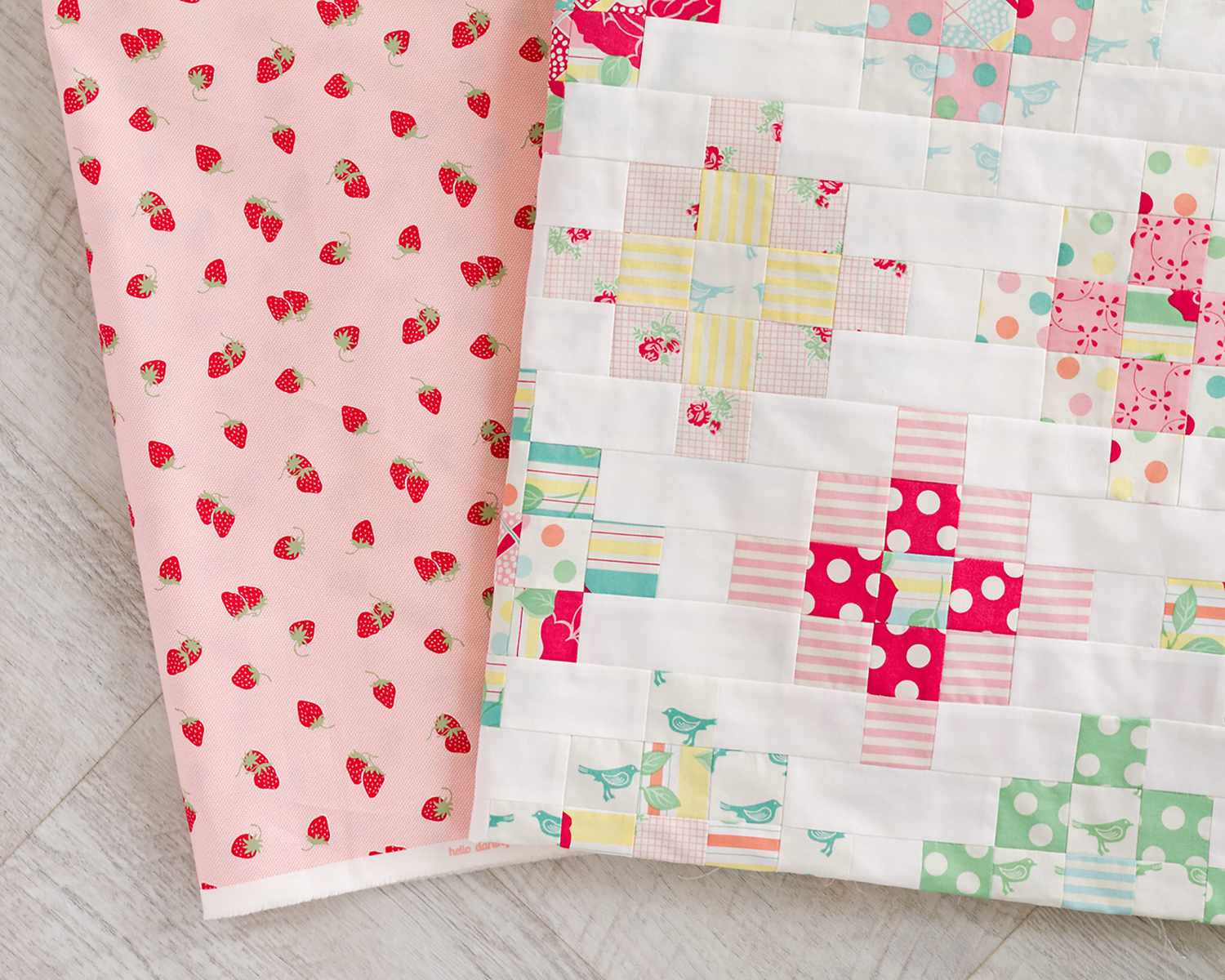
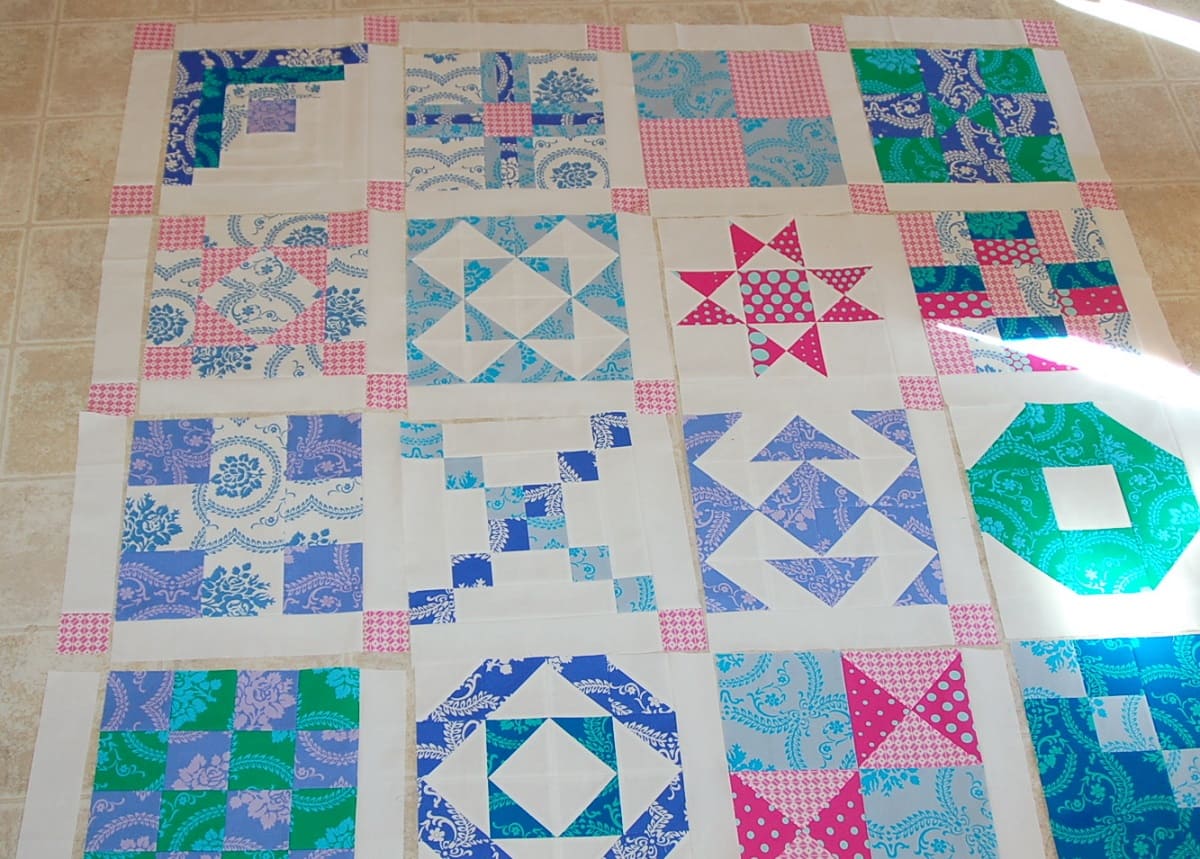

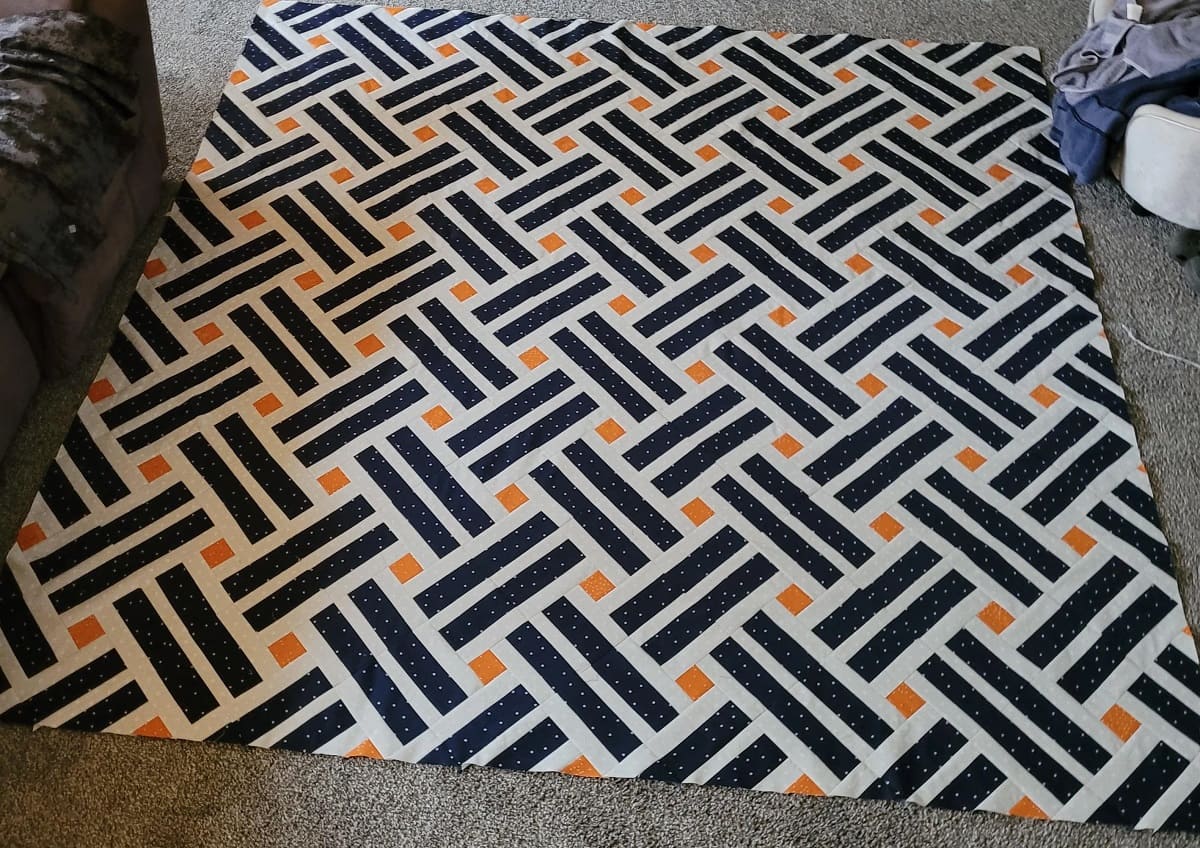

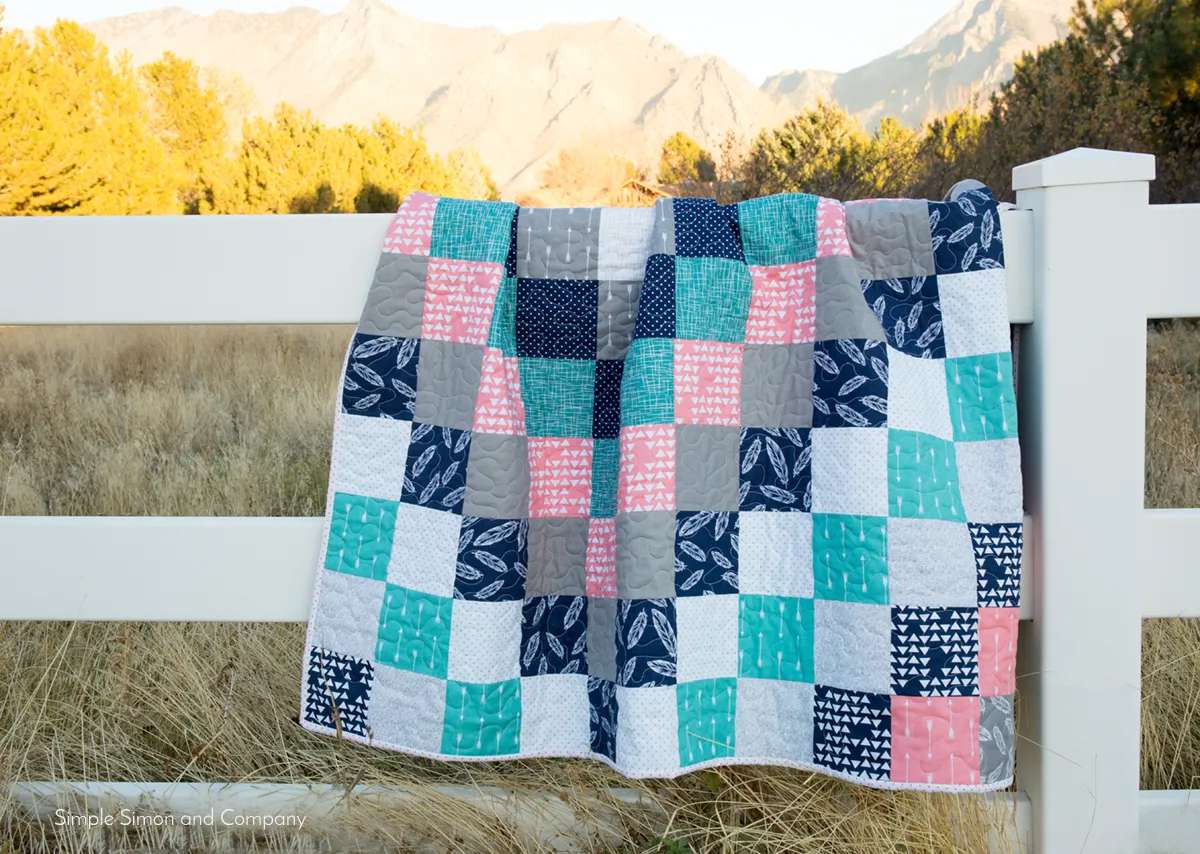
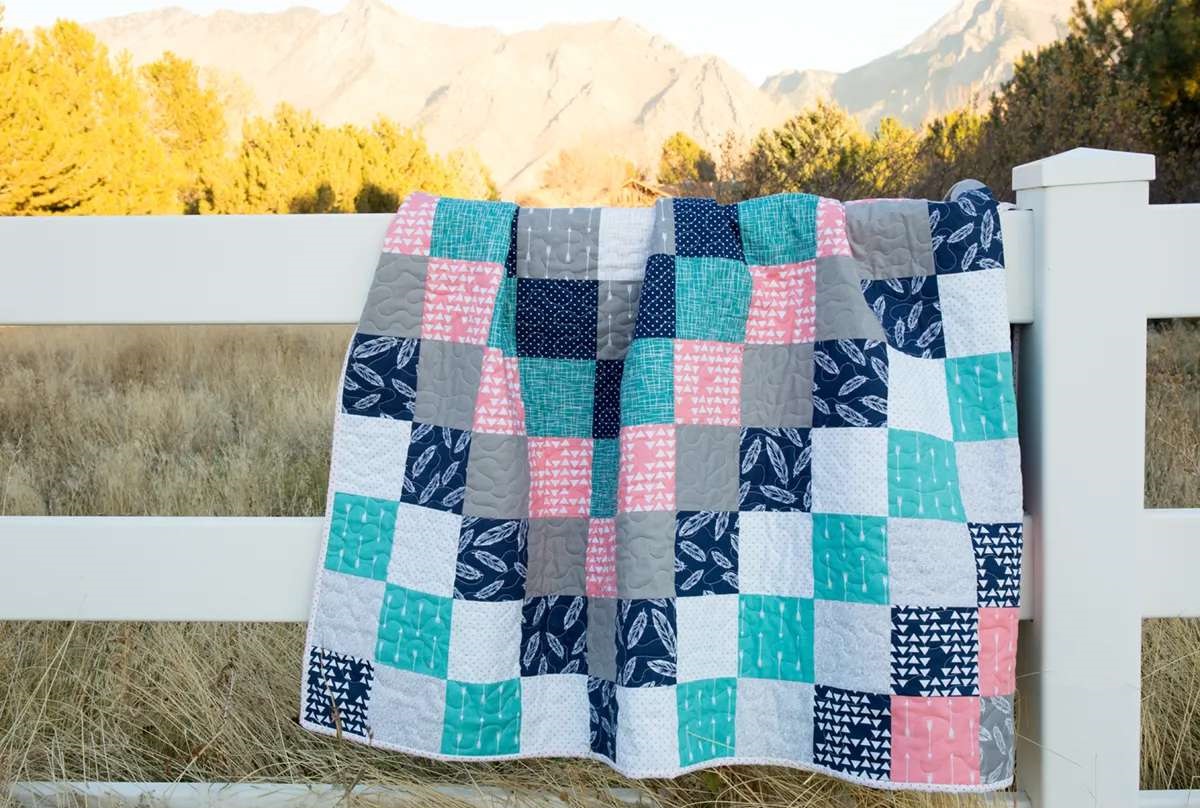
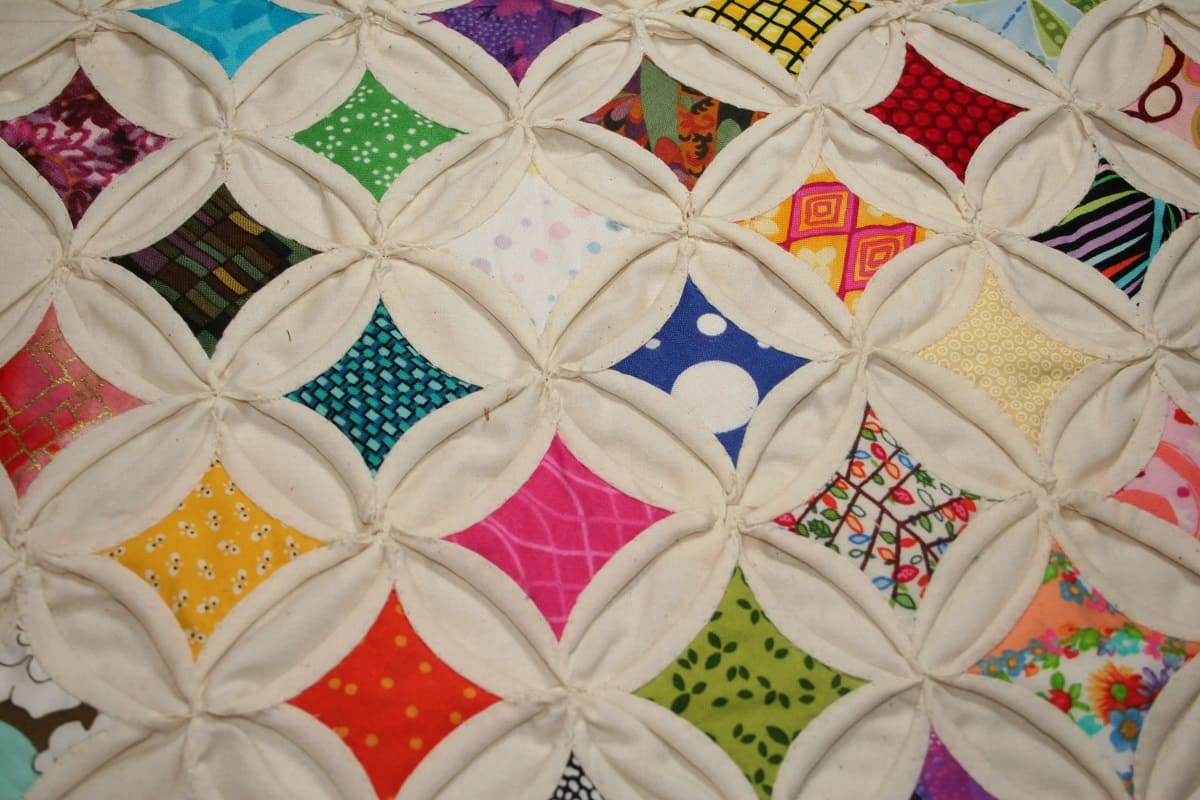
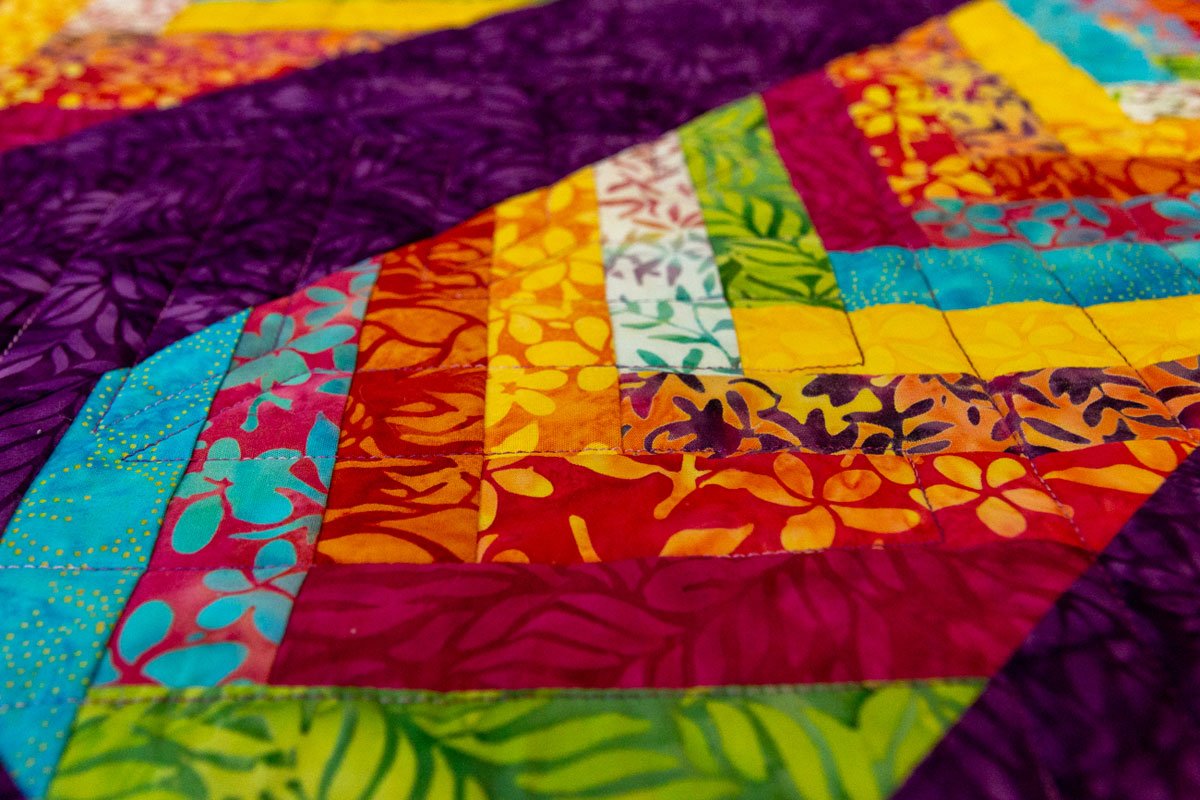
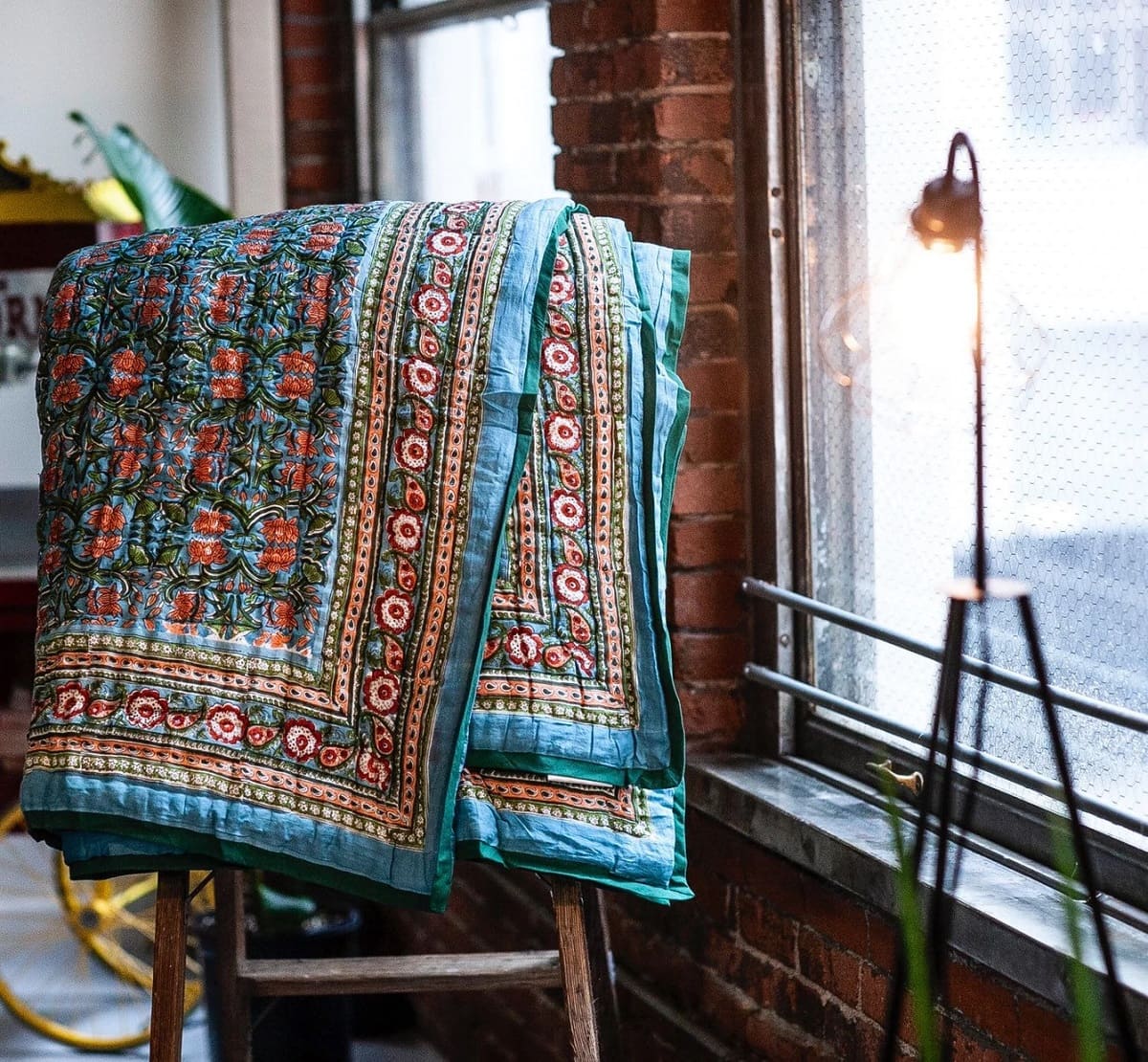
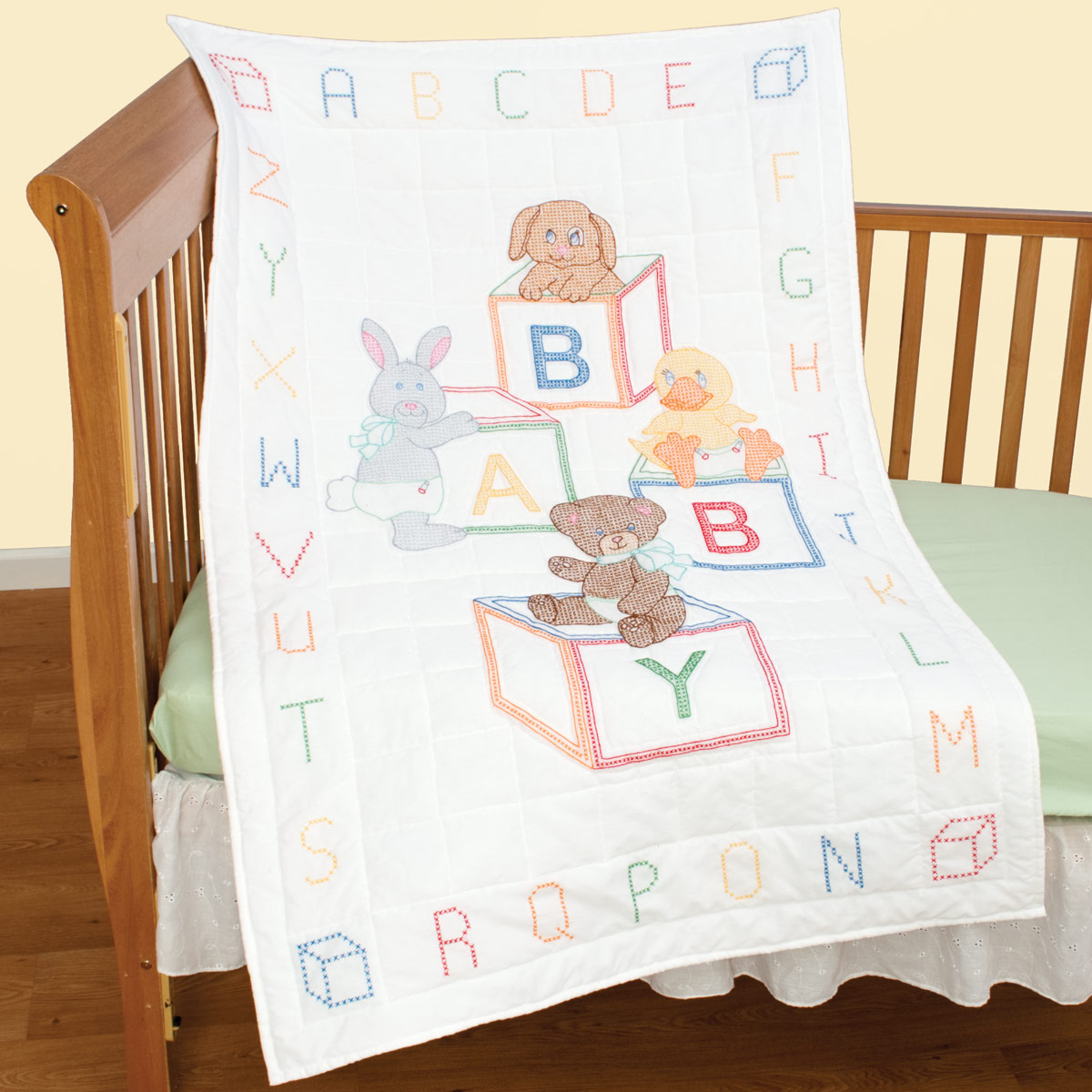
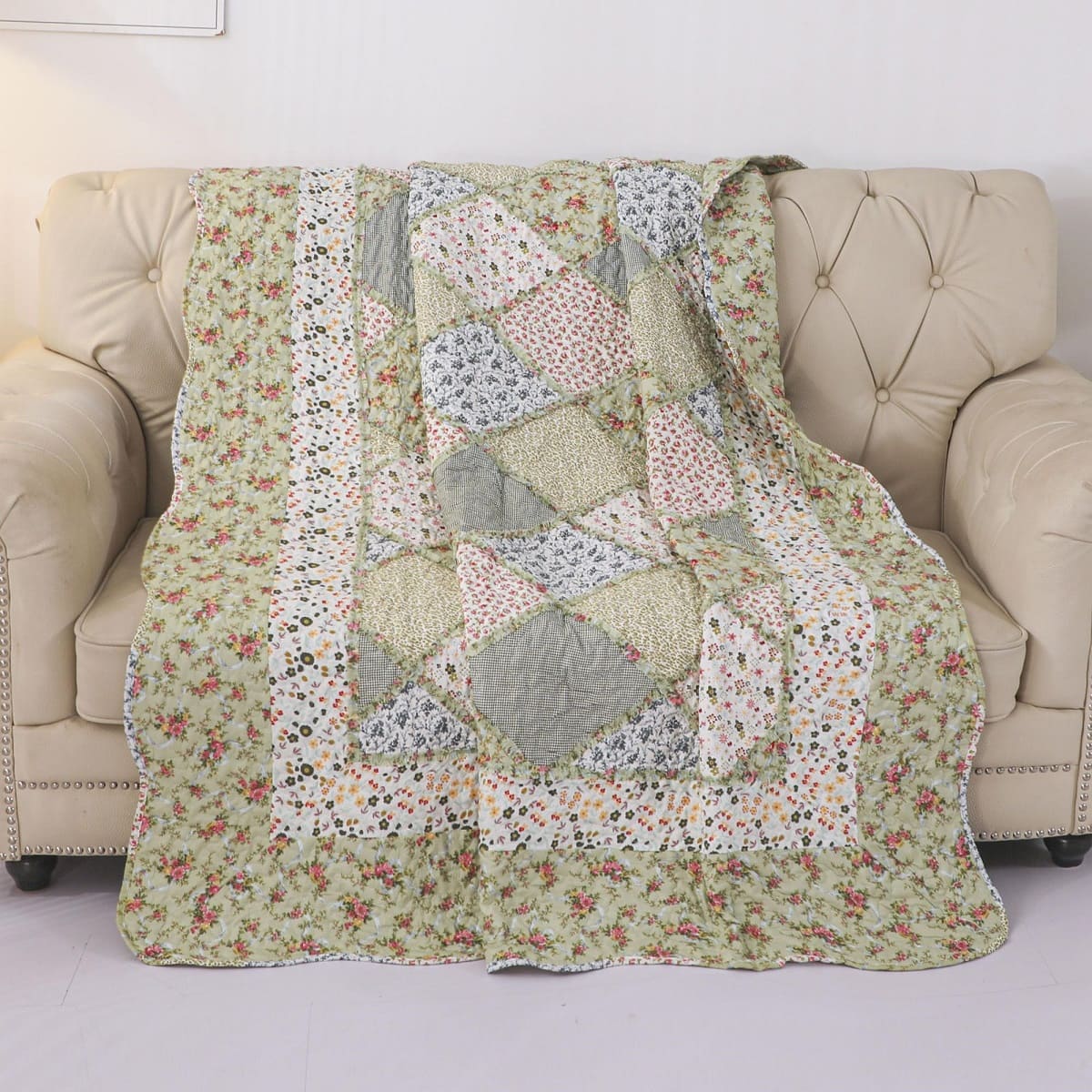

0 thoughts on “How To Change The Size Of A Quilt Pattern”